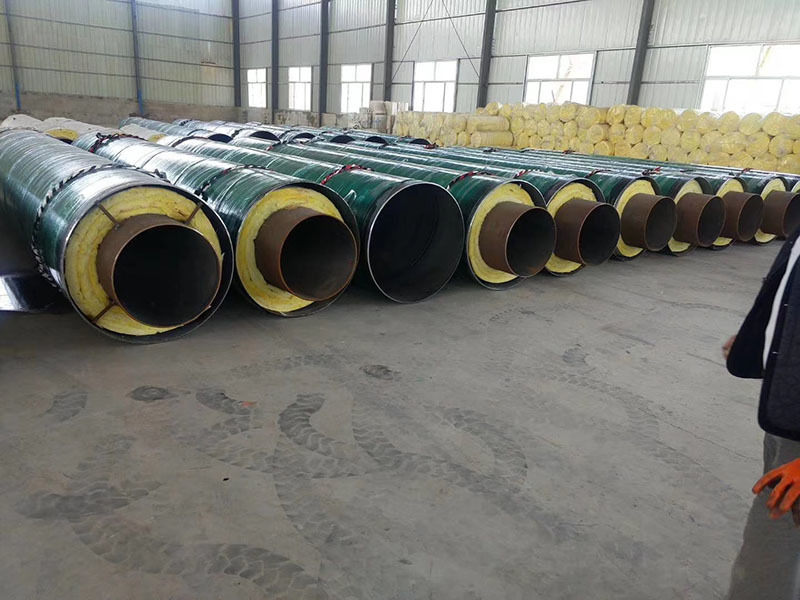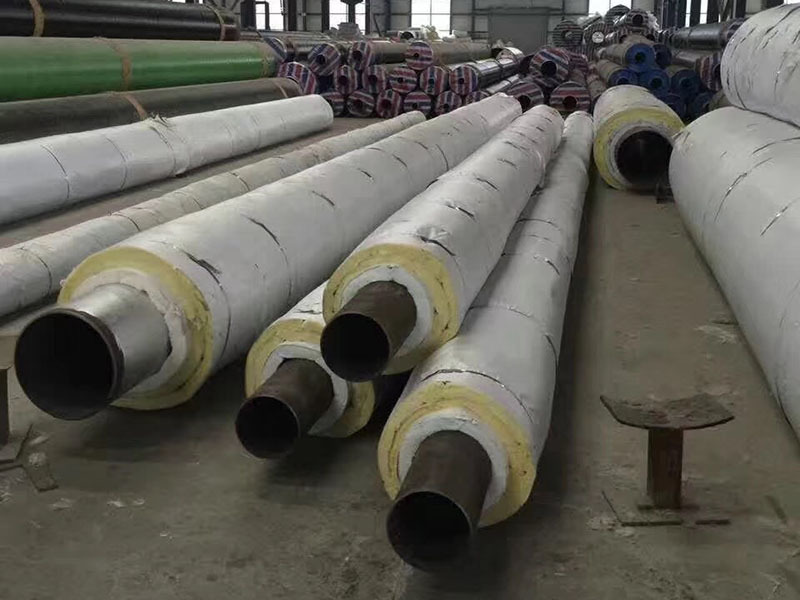Understanding Inner Epoxy Outer Polyurethane Insulation Pipes: A Comprehensive Guide
Release time:
2025-06-17
Inner epoxy outer polyurethane insulation pipes represent a significant advancement in the field of plumbing and building materials. These pipes are engineered with a dual-layer construction, where the inner layer is made of epoxy resin, providing excellent corrosion resistance and durability, while the outer layer features polyurethane, known for its excellent thermal insulation properties and fl
Inner epoxy outer polyurethane insulation pipes represent a significant advancement in the field of plumbing and building materials. These pipes are engineered with a dual-layer construction, where the inner layer is made of epoxy resin, providing excellent corrosion resistance and durability, while the outer layer features polyurethane, known for its excellent thermal insulation properties and flexibility. This unique combination makes them particularly valuable in various applications.
One of the primary benefits of using inner epoxy outer polyurethane insulation pipes is their superior insulating capabilities. With energy efficiency becoming increasingly important in modern construction, these pipes help reduce heat loss in heating and cooling systems. By minimizing thermal bridging, they contribute to the overall energy efficiency of buildings, lowering operational costs and improving environmental sustainability.
Moreover, the inner epoxy layer provides an added advantage in terms of chemical resistance. Epoxy resins are known for their ability to withstand harsh environments, including exposure to various chemicals and moisture. This makes these pipes ideal for use in industrial applications where corrosive substances may be present. The outer polyurethane layer further enhances the pipe's resistance to abrasion and physical damage, ensuring longevity and reliability.
Another critical consideration when discussing inner epoxy outer polyurethane insulation pipes is their versatility. These pipes can be used in a wide range of applications, including heating systems, chilled water systems, and even potable water lines, depending on regulatory compliance and material specifications. Their flexibility allows for easier installation, particularly in complex building designs where traditional rigid piping may be challenging to implement.
In terms of installation, professionals appreciate the lightweight nature of these pipes compared to traditional metal options. This not only simplifies handling and transport but also reduces the overall load on structural components of the building. Additionally, the flexibility of polyurethane allows for easier bending around corners and obstructions, enhancing installation efficiency.
Finally, it is essential for professionals to consider the compatibility of inner epoxy outer polyurethane insulation pipes with existing systems during installation. Proper consideration of joint details, thermal expansion, and support spacing will ensure that the pipes perform optimally throughout their lifespan.
In conclusion, inner epoxy outer polyurethane insulation pipes are an innovative solution for modern construction and insulation needs. Their unique properties provide significant advantages in terms of energy efficiency, durability, and versatility, making them a valuable choice for professionals in the building and decoration materials industry. By understanding their benefits and applications, you can make informed decisions that enhance the quality and sustainability of your projects.
One of the primary benefits of using inner epoxy outer polyurethane insulation pipes is their superior insulating capabilities. With energy efficiency becoming increasingly important in modern construction, these pipes help reduce heat loss in heating and cooling systems. By minimizing thermal bridging, they contribute to the overall energy efficiency of buildings, lowering operational costs and improving environmental sustainability.
Moreover, the inner epoxy layer provides an added advantage in terms of chemical resistance. Epoxy resins are known for their ability to withstand harsh environments, including exposure to various chemicals and moisture. This makes these pipes ideal for use in industrial applications where corrosive substances may be present. The outer polyurethane layer further enhances the pipe's resistance to abrasion and physical damage, ensuring longevity and reliability.
Another critical consideration when discussing inner epoxy outer polyurethane insulation pipes is their versatility. These pipes can be used in a wide range of applications, including heating systems, chilled water systems, and even potable water lines, depending on regulatory compliance and material specifications. Their flexibility allows for easier installation, particularly in complex building designs where traditional rigid piping may be challenging to implement.
In terms of installation, professionals appreciate the lightweight nature of these pipes compared to traditional metal options. This not only simplifies handling and transport but also reduces the overall load on structural components of the building. Additionally, the flexibility of polyurethane allows for easier bending around corners and obstructions, enhancing installation efficiency.
Finally, it is essential for professionals to consider the compatibility of inner epoxy outer polyurethane insulation pipes with existing systems during installation. Proper consideration of joint details, thermal expansion, and support spacing will ensure that the pipes perform optimally throughout their lifespan.
In conclusion, inner epoxy outer polyurethane insulation pipes are an innovative solution for modern construction and insulation needs. Their unique properties provide significant advantages in terms of energy efficiency, durability, and versatility, making them a valuable choice for professionals in the building and decoration materials industry. By understanding their benefits and applications, you can make informed decisions that enhance the quality and sustainability of your projects.
keyword:
Previous article
Related News






